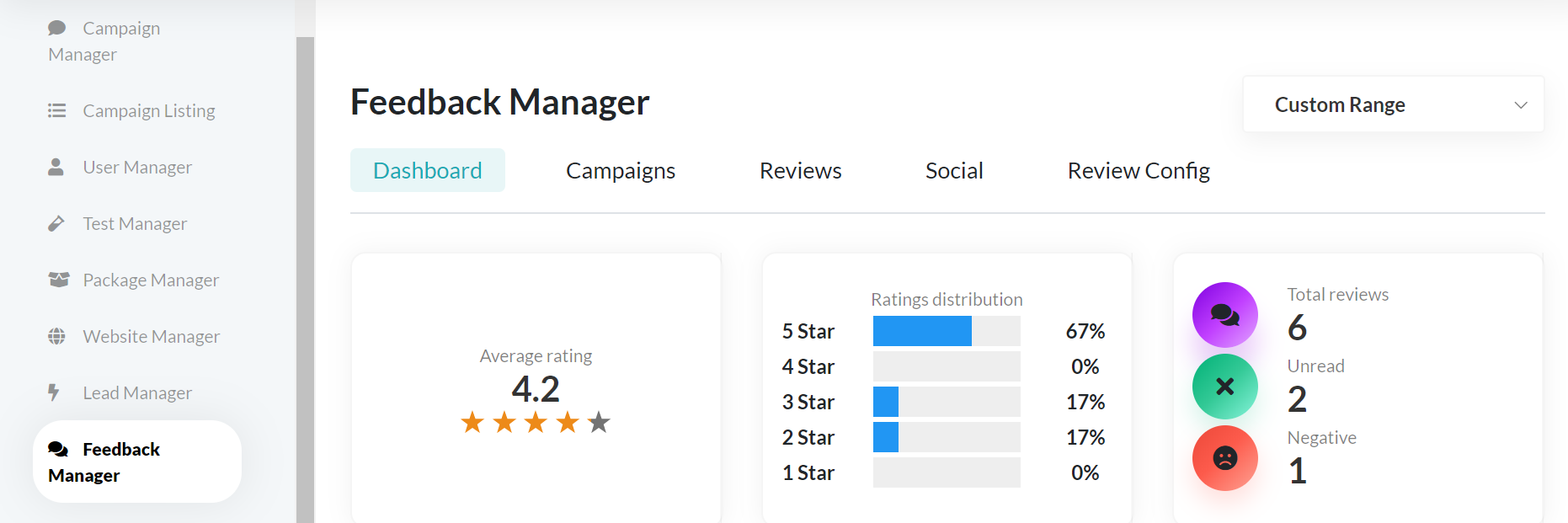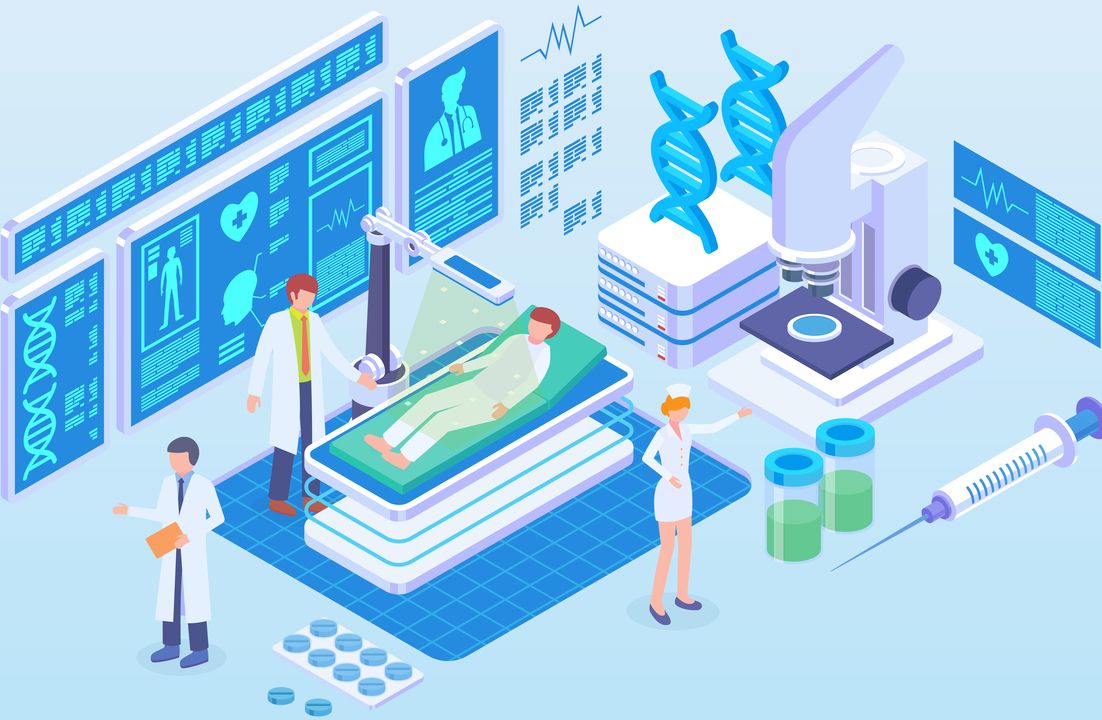World has changed. Technology has been making inroads in every sector. The diagnostics industry is no exception. Tech enabled tools can solve many of the administrative & logistics problems of the industry and at the same time bring about operational efficiencies. The COVID-19 pandemic has further expedited the speed of tech adoption by diagnostic centres.
Among the major roadblocks in expansion of such tools in the sector is the lack of trust in new tech. This lack of trust is both at the patients’ end and at the diagnostic centres’ end. There are multiple factors at play which cause distrust.
The most crucial being data privacy. Healthcare data is sensitive personal data, and all stakeholders remain apprehensive. Diagnostic tests and reports may contain personal details which may be perceived by the patient as stressful, embarrassing, or potentially damaging. There is a fear that digital storage of data may not be secure and can be misused if leaked.
Diagnostic centres also fear the safety of the data. Most of them lack the technical know how to implement proper security frameworks for safety of the data. They also fear government’s regulations and whether they are complying with data safety norms or not.
Reliability of the data and online diagnostic reports is an issue to look upon. Medical diagnostics data is complex and not always easy to store and process digitally. Thus, there is a perception that online reports are less reliable than actual hard copy printed reports. Since accuracy of diagnostics data is of critical importance in subsequent treatment, there is almost zero margin of error.
Inertia and being comfortable with doing things the old way can be often ignored but is an important deterrent in adoption of new technology. Diagnostic centres don’t want to put in the extra effort to adopt digital tools which will help them in long term, albeit with a short-term inconvenience due to the needed behaviour change on their part.
Knowledge gap i.e. the diagnostic centre’s owners and staff are neither aware nor lack the necessary skills to implement technological solutions to their everyday problems. They cannot keep up with the latest technological developments and thus cannot compete with bigger diagnostic chains such as Dr. Lal, SRL.
How can these barriers be overcome? There are no quick fix and magical solutions to all these issues. The changes will come in long term and by addressing each of the issue.
The data privacy issues can be solved by adhering to certain safety standards which need to be well defined and unambiguous. The upcoming data privacy laws by the govt can go a long way in resolution of this issue. Also, more awareness needs to be spread to end rumours surrounding data safety.
Improving reliability of data is an ongoing process. To ensure reliability, thorough quality standards and checks must be in place by the companies trying to provide technological solutions to the diagnostic centres. As more & more diagnostic centres switch to these tools, the better the techniques of data processing and extraction will become.
In this context its worthwhile to mention a recent incident where reliable data helped in timely diagnosis of a critically ill patient. One of the clients of ConnectedH had a 90 yr old patient who was seriously sick and his family didn't have his old diagnostic reports. Its here, that our robust and secure patient data handling helped the diagnostic centre obtain data of all his previous tests. It proved to be useful in quick and more efficient diagnosis of the patient's condition.
Inertia and deterrence to change can be overcome by educating the owners about the advantages of adopting these tools in their day to day operations. By making them aware that if they don’t change with time, then they would stand to lose out to larger diagnostic chains. Also, how these technologies will enhance the customer experience and reduce their overall operational costs.
The knowledge gap can be filled in by health-tech companies. They have the necessary skill set to implement quickly the tech solutions for diagnostics. This becomes a win-win situation for both as they can work on their respective strengths. By outsourcing tech infrastructure to these companies, the diagnostic centres can focus on their primary role which is proving accurate and correct diagnosis.
ConnectedH's set of technology tools provide an easy way out for these centres to go digital. For instance user management, feedback management, website management. All these can be achieved at a click without a steep learning curve.

Image: Feedback Manager System of ConnectedH (other offerings visible on the sidebar)
The tides have turned though. The COVID-19 pandemic has already created a seismic impact on technology adoption in healthcare. From Teleconsultation to Online Medicine Delivery to Sample Collection at Home, technology is bound to play a much larger role in healthcare delivery.
Within the Diagnostics ecosystem, the rapid adoption of tech by large diagnostic chains will force the medium and smaller ones to invest in these technologies too. Changing customer behaviour and competitive pressure would hopefully dismantle the various barriers to technology adoption.
